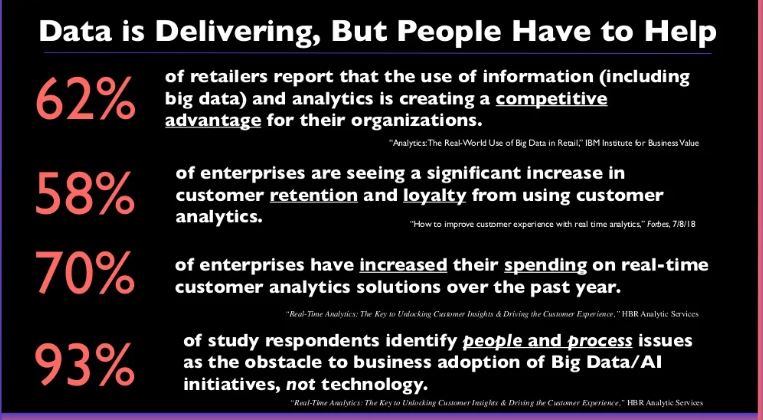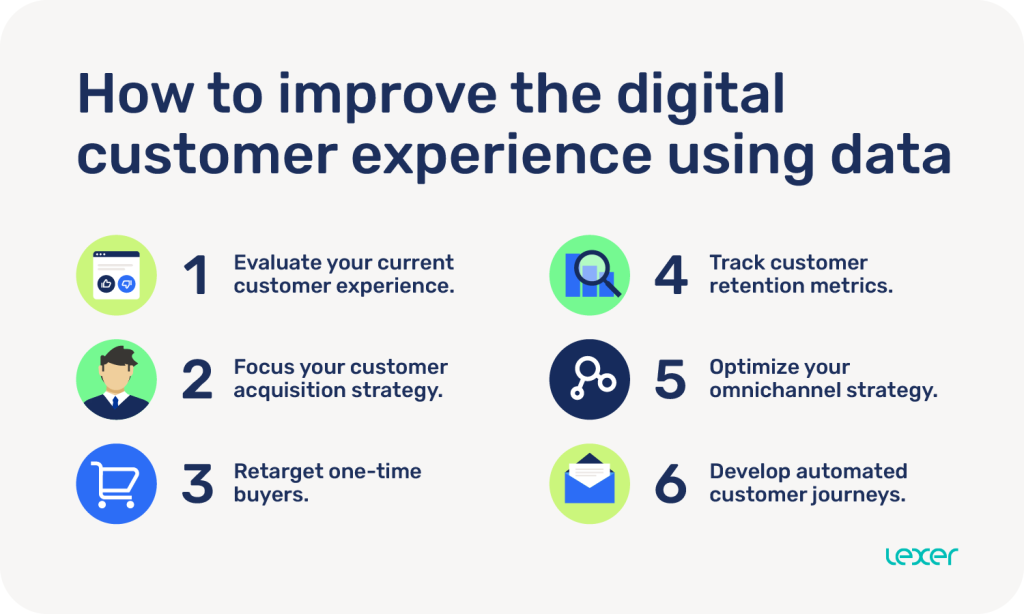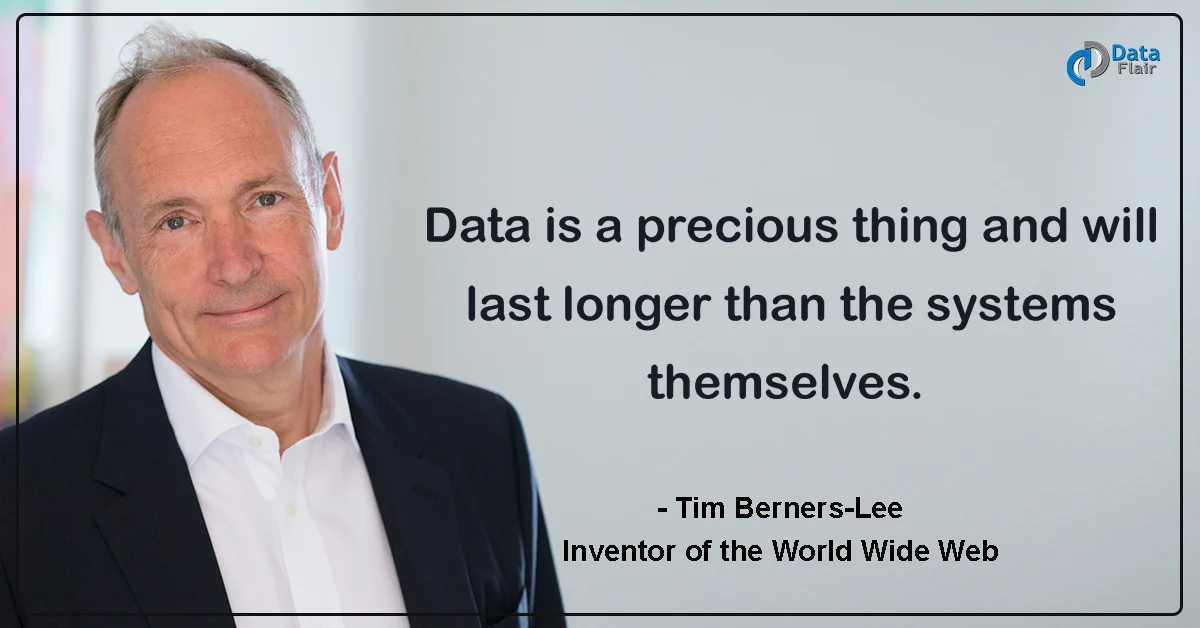Table of Contents
Introduction
Customer data is becoming more and more relevant with the advent of modern marketing tools & strategies. In order to expand their reach, businesses must acquire and use data to create tailored content that corresponds to the specific tastes, channel choices, time zones, and spending habits of their target customers.
Personalized communications appear to be an unachievable endeavor at first glance. However, with the appropriate tools and techniques in place, engaging the right person with the right content at the right time becomes a natural component of almost any campaign.

Key Stats:
- 62% of retailers report having a competitive advantage due to data analytics and information
- Data-driven businesses are 23 times more likely to get new clients
- 64% of marketing executives “strongly agree” that data-driven marketing is crucial in the economy. (Forbes)
The key to a successful customer data acquisition is to not just collect useful data but also to thoroughly evaluate it so that you have actionable insights to act on. PROS has helped businesses in gathering relevant customer data and used it to devise an effective e-commerce strategy to boost sales.
Before we dive into the e-commerce strategies by which you can use customer data, we need to first understand what customer data is.
What Data Should You Be Tracking?
Before we get into the technicalities of using customer data, we need to understand the type of customer data you should be tracking and tracing. The answer to this question is found in your company’s goals. The type of business you engage in paves the way for you to lay down your objectives and what type of data you want to collect.
Cookies and/or Javascript libraries are frequently used to track and collect data. This is how a company can keep track of user behavior on different pages of its website.
A successful customer data collection strategy begins with a particular set of business questions, regardless of company size. If you run a retail or e-commerce business, you may be asking yourself the following questions:
- What are the most popular products among visitors?
- Where are consumers abandoning our checkout process?
- How do I re-engage customers who have abandoned their shopping carts?
Once you get an idea of what data you need from your customers, you can use the following strategies to effectively use data to increase your sales.

How To Effectively Use Customer Data
Customer centric data is very important for businesses because there are so many things you can do with it and so many useful insights you can get from it (if you know how to use it). Following are a few examples of how to effectively collect and use data to enhance customers experience:
Build Personalized Customer Profiles
Each time a new user comes to your site, they leave a trail of data about their habits, interests, and purchasing histories.
Personalization in ecommerce means building detailed consumer profiles for retargeting and future advertising using these first data points, such as product searches or promotions watched.
Each consumer is unique, and it’s critical to treat them as such. Creating a detailed customer persona can help you figure out exactly what your target audiences want and how to effectively serve their needs.
Promote Account Creation
To extend the reach of your business, it is critical to attract users to create accounts and then engage with them to keep them engaged. In exchange for a discount, many e-commerce sites use data and urge new users to offer their email addresses or phone numbers. Others encourage the creation of accounts to better organize client information.
Nurture New Visitors
It’s tempting to become complacent once new visitors create accounts, but account creation isn’t the same as investing in your company. It’s critical to nurture these new visitors so they become repeat clients.
Welcome emails, discounts & sales, and educational information are some of the ways by which you can encourage your new visitor to become a loyal customer and client can use them to boost sales.
Treat Your Returning Customers As MVPs
Your loyal customers are the most valuable assets and should be treated as such. Identify your high-spending customers and segment your contact list to provide the best service to these MVPs. Here are some e-commerce strategies for showing your top spenders the love they deserve:
- Give your MVPs an early peek if you’re planning to launch a new line or product
- Allow your biggest spenders to shop your sale items for 24 hours before the rest of your consumers.
All these strategies will help you retain your big spenders and loyal customers.
Reach Your Customers On Their Preferred Channels
Your market isn’t made up of just one type of person. There are undoubtedly several personalities with different tastes, interests, and preferences, and you must try your best to accommodate them all.
With so many different ways to communicate channels in marketing, such as notifications, advertisements on social media, and display ads, having a strong grasp of how they want to receive their communications is critical.
Sending Abandoned Cart Emails
Cart abandonment means customers displayed some interest before abandoning their shopping bag in your website’s digital aisles. Fortunately, encouraging them to return is less difficult than you would imagine.
In contrast to our previous research, email abandoned cart have a 43 percent open rate and an insanely high 8 percent conversion rate. Is there any other marketing strategy with such a high conversion rate?
However, delivering efficient abandoned cart emails is a skill. To tailor your messaging and maximize conversions, you’ll need to collect the correct information.
Engage Your Customers When You See Non-Activity
Customer indications include opens, views, clicks, and visits. Non-activity signals, such as non-opens, non-clicks, non-visits, bounces, and so on, are just as essential.
When your data graph indicates a lack of activity, it’s time to act. Customers who haven’t visited your website in a long time or who haven’t opened the emails sent by the business are examples of non-activity indicators. It’s possible that they aren’t utilizing your app, visiting your store, or renewing their subscription. They may have started signing up but abandoned the process.
Match Your Messaging with Customers’ Interests
Have you ever been targeted with advertising or emails that are directly opposed to your interests? Sometimes customers receive ad recommendations that might lead to unsubscribe and potentially harm the reputation of your business.
In order to avoid misinformation, keep track of all of your customers’ interactions across channels and learn about their preferred product type, size, and even favorite color. The more specific you are, the more likely you are to assist your customer in finding what they are looking for. This intern will help you in gaining positive customers feedback for a better SEO score.
Conclusion-Perfecting your Customer Engagement Strategy
With data at your disposal and marketing techniques at your control, it’s time to flesh out those campaigns and reach out to your customers. There are now a number of tools available that use consumer data to enable companies to do things like sending tailored emails and retarget certain groups of their audience, among other things to take full benefit of e-commerce strategies to improve customers review.
However, maintaining clean and consistent data across all of these new tools can be tough. This is critical because data inconsistencies might result in a loss of time and resources. It’s often as if you don’t have any data at all.
We at PROS have an experienced team of experts that can use data not only to engage new visitors but also encourage ongoing purchases and re-engage customers. Get in touch with us today.
FAQ's
There are various ways businesses can harness data to engage customers more effectively, ranging from personalization to predictive analytics.
Customer segmentation involves dividing a customer base into groups based on shared characteristics or behaviors. By segmenting customers, businesses can tailor their marketing efforts to specific groups, delivering more relevant and targeted messages that resonate with their interests and preferences.
Personalized marketing involves delivering customized content, offers, and recommendations to individual customers based on their past behavior, demographics, or preferences. This approach makes customers feel valued and understood, leading to higher engagement and conversion rates.
Predictive analytics involves analyzing historical data and using statistical algorithms to predict future outcomes or behaviors. By leveraging predictive analytics, businesses can anticipate customer needs, identify trends, and proactively engage customers with relevant offers or recommendations before they even realize they need them.
Customer feedback data provides valuable insights into customer satisfaction, preferences, and pain points. By actively listening to customer feedback and acting upon it, businesses can demonstrate that they value their customers’ opinions and are committed to delivering exceptional experiences, ultimately fostering stronger relationships and loyalty.
Social media data provides valuable insights into customer sentiment, preferences, and behavior across various platforms. By monitoring social media conversations, businesses can identify trends, gauge customer satisfaction, and engage in meaningful conversations with their audience, ultimately strengthening brand loyalty and driving engagement.
Deepak Wadhwani has over 20 years experience in software/wireless technologies. He has worked with Fortune 500 companies including Intuit, ESRI, Qualcomm, Sprint, Verizon, Vodafone, Nortel, Microsoft and Oracle in over 60 countries. Deepak has worked on Internet marketing projects in San Diego, Los Angeles, Orange Country, Denver, Nashville, Kansas City, New York, San Francisco and Huntsville. Deepak has been a founder of technology Startups for one of the first Cityguides, yellow pages online and web based enterprise solutions. He is an internet marketing and technology expert & co-founder for a San Diego Internet marketing company.



